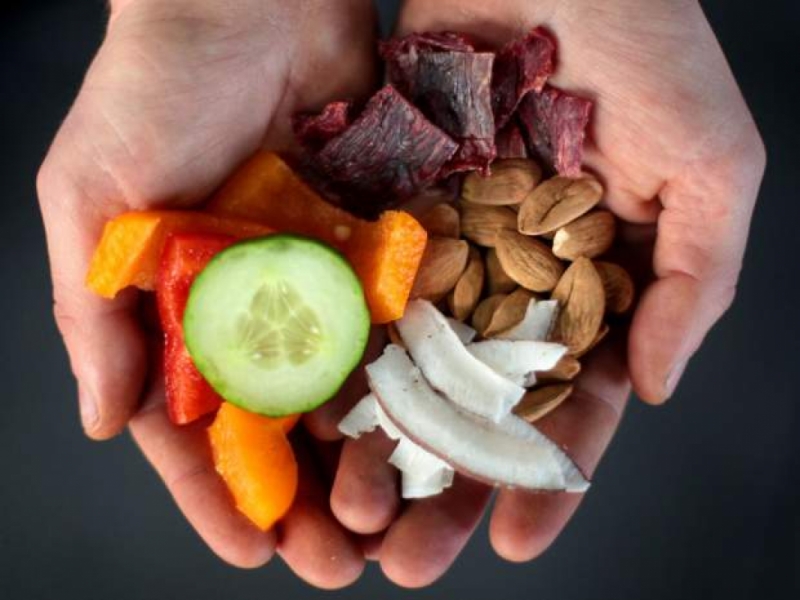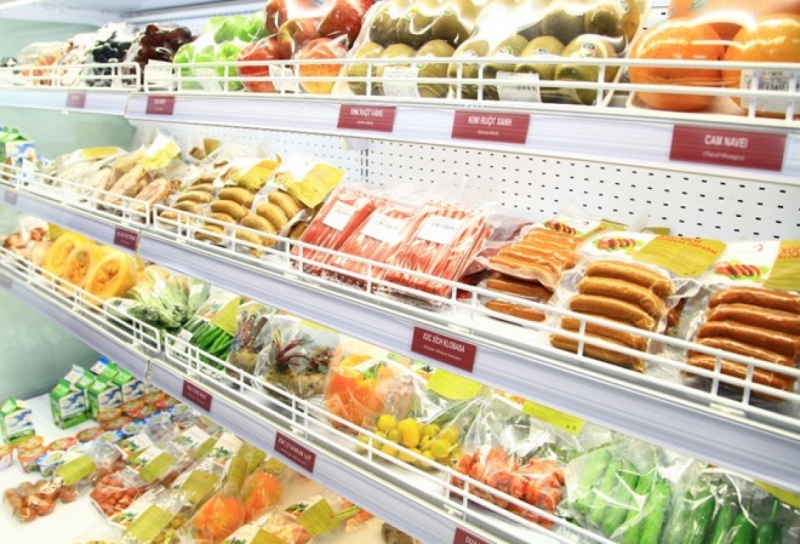




There was a time when food is simply defined as “anything that can be eaten and is not poisonous”, when a slab of raw ox meat is a treat, when fruits and vegetables freshly picked along a hunting trail in a wild forest is more than enough for a decent meal.
But then, technology and change happened. People got smarter and became more “civilized”. The next thing we knew, fastfoods were already a thing. And so are boxed cereals, instant noodles, microwavable sandwiches, and bottled water. Life became a lot easier and more convenient; food became cheaper, easier to produce, and sometimes more delicious, even.
However, after a string of prevalent and unwanted incidences of food borne illnesses and poisoning leading to deaths worldwide, people started realizing that convenience is not all there is to consuming artificial goods. Artificial food – which ranges from manufactured, chemical-filled instant products to agricultural crops oozing with toxic pesticides – may cause negative health effects which can either be quick and painful, or slow and fatal.
This triggers numerous consumers nowadays to take a few steps back, rewind, and go back to the olden days where people have no other choice but to produce and consume food that are “straight from mother nature.” The new buzzword: natural.
A Caveman’s Diet
Going back further than most natural food enthusiasts are advocates of the trendy Paleolithic or “Paleo” Diet, wherein people are encouraged to eat and exercise similar to our cave-dwelling, hunter-gather ancestors. Supporters of this new trend claim that recent epidemics of malnutrition and related diseases are caused by today’s heavily-industrialized agriculture and the sedentary lifestyle that comes with it. “Thus fruit, vegetables, nuts and meat are in while grains, dairy, refined sugar and legumes are out,” according to Suley Muratoglu, in her article entitled Natural Foods Are a Lifestyle, Not a Trend, For Many Shoppers.
Moreover, Muratoglu added that current studies agree that the said diet is tremendously beneficial to one’s overall health, as it lowers blood pressure, cholesterol levels, and blood sugar by helping maintain insulin levels.
Paleo diet proponents, nonetheless, are just a single subgroup of the natural foods movement. Some advocates prefer turning back the clock to relatively more recent dietary habits and decades-old practices, such as heirloom vegetable gardening, home canning and pickling, and purchasing fresh, local food from local farmers. These are likewise an essential element of today’s natural food lifestyle.
Organic Vs. Natural
Of course, no one can get away with a topic like natural food diet without talking about organic diet. Of equal importance in defining “natural” is its distinction from “organic”, which is actually a “subset of the broader umbrella of natural foods and described by many industry analysts as the most dynamic and rapidly growing sector of the global food industry,” said Muratoglu.
Put simply, organic produce are crops grown in the absence of pesticides, synthetic fertilizers, sewage sludge, ionizing radiation, or genetically modified organisms (GMOs). Meat, eggs, and poultry and dairy products from animals that do not take antibiotics or growth hormones are also considered organic. Much like natural, only it is stricter and more definite in nature. This is according to the United States Department of Agriculture (USDA) National Organic Program (NOP).
Driving an increasingly health-conscious food market is the growing global demand for all things healthy, organic, additive-free and natural. With malnutrition and diabetes being two of the most alarming health concerns nowadays, there is no doubt that the natural and organic sectors would have nowhere to go but up.
“With the regional consumption of fast food and processed foods now at an all-time high, parents are also fighting childhood obesity by making smarter food choices for their children,” said an Arabian Gazette reporter, in an article entitled 20 Global Food Trends for 2015 and Beyond.
Youth, Natural Food, and the Case of Vietnam

But not only the parents are exerting efforts in making food safer for the family; even today’s youngsters are starting to lean towards more natural alternatives in ensuring food safety and quality. Such is the case of Vietnamese student Nguyen Viet Hung, as reported by Viet Nam News, in an article entitled Consumers favouring natural over artificial food.
According to the story, 21-year-old Hung, a senior from Ha Noi-based University of Science and Technology, goes home during weekends in the northern province of Hung Yen to a pack of fresh food – vegetables, beef, chicken, sausages, pork pies, even dry onions and garlic, all straight from their family farm. Because of this, there is no need for him to go to market to buy food.
It was four years ago when Hung began to worry about the sources of food he gets from the city market.
"When I just entered university, I often bought vegetables and meat at a market near my rented room. These vegetables look suspiciously fresh. My mother said only vegetables with pesticides look very fresh like this," said Hung as reported by Viet Nam News.
Only after he suffered from an awful stomach ache did he truly realize how important it is to change his food purchasing and consumption practices. Because of food poisoning, he had to have his stomach cleaned.
"It was a nightmare to me," Hung said. "When I lived in my hometown, I rarely had stomach aches. I integrated into nature and found myself healthier and exposed to fewer diseases. I think if I continued to eat food without knowing its origins, I would also be stricken by cancers, not just food poisoning," Hung stated in his account on Viet Nam News.
But Hung is not an isolated case. More and more health and fitness-conscious teenagers are following his steps when it comes to making healthier food choices.
More Than a Food Fad
With this generation’s new found vigilance when it comes to selecting healthier and more nutritious food alternatives, it is clear that the natural food movement is not only a trend; it is here to stay.
This, then, is high time for food manufacturers and processors to continue to find ways to make their products more appealing to smarter, more discerning consumers. Care should be observed from all stages of the value chain – from selecting the ingredients to processing to storage and packaging. This would all ultimately affect how consumers pick which food to bring home.
Or better yet, consumers should consider growing their own food – much like how our ancestors did when they started to settle down and discover traditional agriculture. It is good to purchase food labeled “natural” and “organic”, but it is even better to be certain by tending them yourself and growing them in your own backyard, under your own watch.
Because when it comes to healthy food, kicking it old school is always good.